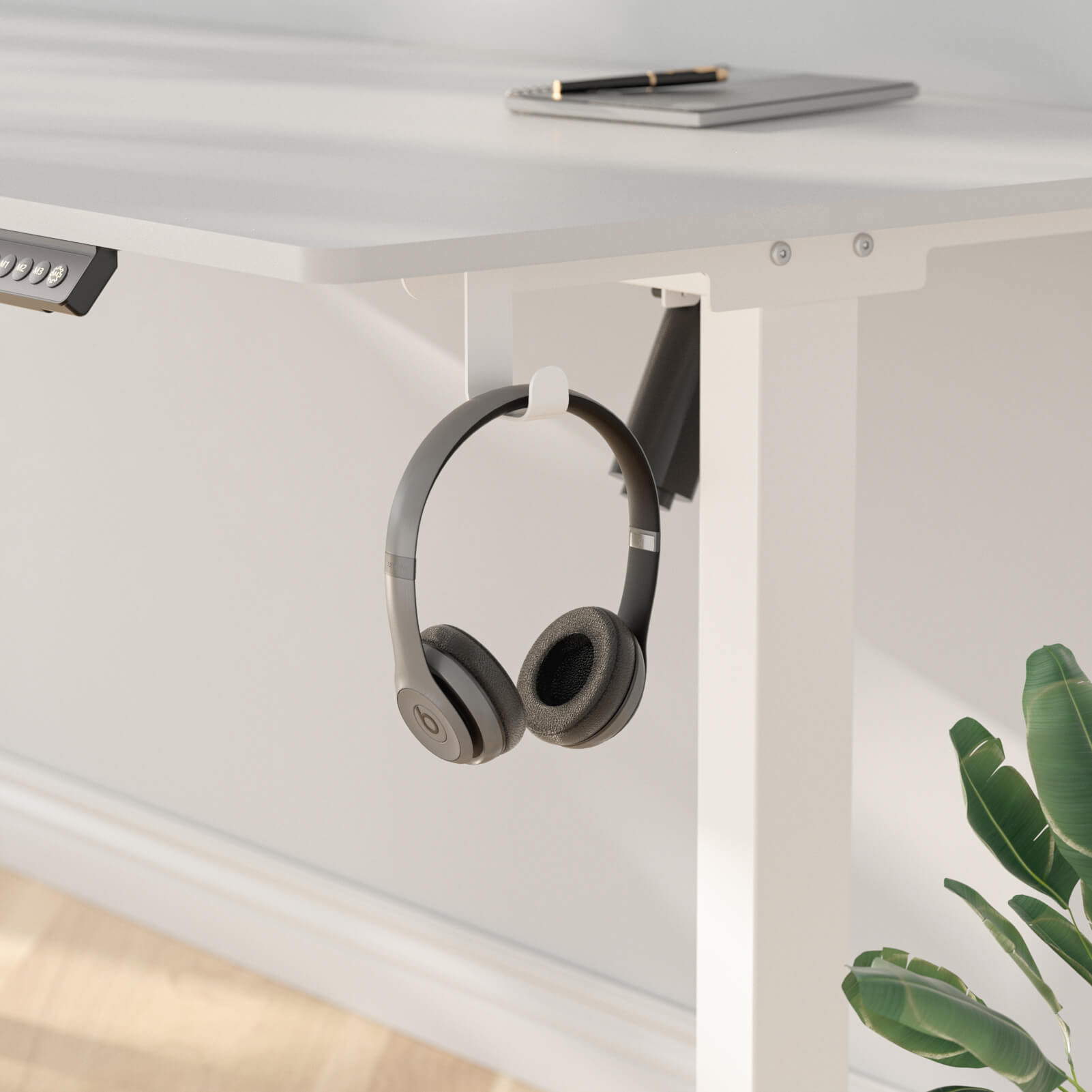In today’s health-conscious world, the quest for effective ways to burn calories while working has gained significant attention. One innovative solution that has emerged is the standing desk. As many people spend the majority of their day seated, the transition to a standing desk has been touted not only for its potential health benefits but also for its ability to increase calorie expenditure. This article explores the science behind how standing desks can help you burn more calories and improve overall well-being.
The Science of Caloric Expenditure
Caloric expenditure is a crucial aspect of weight management and overall health. The body burns calories through various activities, including resting, moving, and exercising. The number of calories burned at rest is known as the Basal Metabolic Rate (BMR), which accounts for the majority of daily energy expenditure. However, physical activity, including non-exercise activity thermogenesis (NEAT)—the calories burned during everyday activities—plays a vital role in total caloric expenditure.
Standing vs. Sitting: The Caloric Difference
A significant body of research highlights the differences in caloric expenditure between sitting and standing. According to a study published in the *Journal of Physical Activity and Health*, standing burns approximately 50% more calories than sitting. This increase may seem modest, but when compounded over time, it can lead to significant calorie burning throughout the day.
1. The Caloric Impact of Standing Desks
Using a standing desk can enhance daily caloric expenditure. For example, a person weighing around 155 pounds can burn about 80-100 calories per hour while standing compared to only 60-70 calories per hour while sitting. If you work an 8-hour day, this translates to an additional 160-240 calories burned simply by standing. Over weeks and months, this can accumulate to a noticeable difference in weight management.
2. Increased Movement Opportunities
Standing desks encourage more movement throughout the day. When you stand, you are naturally inclined to shift your weight, take small steps, or even stretch. These movements, though subtle, contribute to NEAT, further increasing caloric burn. A study in *Obesity* found that even minor adjustments, such as fidgeting or changing positions, can significantly elevate calorie expenditure.
Health Benefits Beyond Caloric Burn
While the primary focus is on burning calories, the benefits of using a standing desk extend far beyond this metric. Research shows that standing desks can lead to improved health outcomes, which indirectly supports weight management efforts.
1. Enhanced Posture and Reduced Pain
Standing desks promote better posture, reducing the risk of back and neck pain commonly associated with prolonged sitting. A study published in the *International Journal of Occupational Safety and Ergonomics* indicates that individuals using standing desks reported lower levels of discomfort. Improved posture not only enhances comfort but can also lead to more effective work habits, further supporting active living.
2. Increased Energy Levels
Users of standing desks often report heightened energy levels throughout the day. Research published in the *Journal of Environmental Psychology* indicates that standing desks can boost engagement and reduce fatigue. Increased energy levels can encourage more activity, whether through walking meetings or simply standing while taking calls, leading to greater caloric burn.
Tips for Maximizing Caloric Burn with a Standing Desk
To get the most out of your standing desk, consider implementing the following strategies:
1. Gradual Transition
If you’re new to standing desks, start slowly. Alternate between sitting and standing to allow your body to adjust. Begin with 30-minute intervals of standing, gradually increasing as you become more comfortable.
2. Move Frequently
Incorporate regular movement into your day. Set reminders to walk around the office, stretch, or perform light exercises. Every little bit helps boost your caloric burn.
3. Use an Anti-Fatigue Mat
Consider using an anti-fatigue mat to provide cushioning while standing. This can help reduce discomfort in your legs and back, making it easier to stand for extended periods.
4. Maintain Proper Ergonomics
Ensure your standing desk is set up ergonomically. Your monitor should be at eye level, and your arms should be at a 90-degree angle while typing. This setup will help prevent strain and allow you to focus on movement rather than discomfort.
5. Stay Hydrated and Snack Wisely
Staying hydrated can promote energy levels and reduce fatigue. Additionally, opt for healthy snacks to fuel your body throughout the day, supporting your efforts to maintain a healthy weight.
The Bigger Picture: Lifestyle Changes for Health
While standing desks can play a significant role in increasing calorie burn, they should be viewed as part of a larger lifestyle approach. Regular exercise, a balanced diet, and adequate sleep are all crucial elements of a healthy lifestyle. Incorporating a standing desk is just one strategy to support your health and weight management goals.
Conclusion
Standing desks present an effective way to increase caloric expenditure while enhancing overall well-being. The ability to burn more calories, improve posture, and boost energy levels makes standing desks a valuable addition to any workspace. By understanding the science behind caloric burn and implementing strategies to maximize the benefits, you can take significant steps toward a healthier lifestyle. Transitioning to a standing desk could be the change that propels you toward your health and fitness goals.

